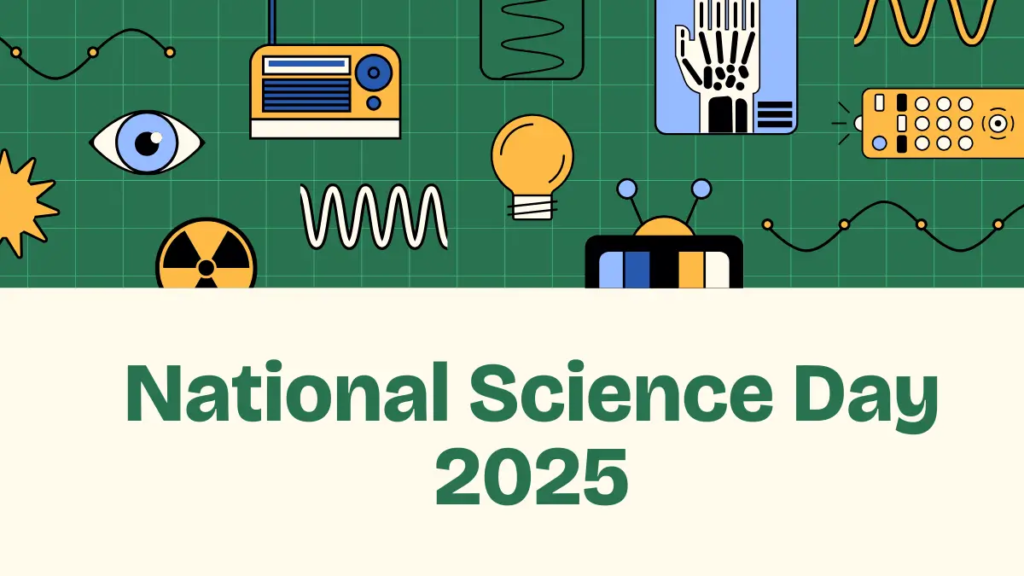
Table of Contents
- Introduction: The Missing Link
- What Is Science Communication, Really?
- The Gap: Why Scientists and the Public Drift Apart
- Why It Matters: Real-World Impact of Science Communication
- Great Science, Poor Communication: What We Miss Out On
- Champions of Clarity: Science Communicators at Work
- How We Can All Be Better Communicators
- Conclusion: From Lab to Life
1. Introduction: The Missing Link
We live in a world where scientific progress shapes everything—from the phones in our pockets to the food on our plates. But here’s the catch: while science moves forward, public understanding often lags behind. Why? Because the bridge between scientists and society isn’t as strong as it should be. That bridge is called science communication—and it’s more important now than ever.
2. What Is Science Communication, Really?
Science communication isn’t just about big words and white lab coats. It’s about making complex ideas understandable, relatable, and sometimes even exciting to people outside the scientific world. Whether it’s through a blog, a TED Talk, a classroom, or a viral tweet, science communication helps turn raw data into stories people care about.
3. The Gap: Why Scientists and the Public Drift Apart
Let’s face it—scientific language can be intimidating. Most research papers are full of jargon, graphs, and terminology that can feel like a foreign language. Meanwhile, the public is busy juggling work, family, and social life. They want quick answers, not a 20-page study. Without a translator, the two worlds drift further apart. Misunderstanding grows. Misinformation spreads. Trust weakens.
4. Why It Matters: Real-World Impact of Science Communication
When science is communicated well, powerful things happen:
- Public health improves—people better understand vaccines, nutrition, and disease prevention.
- Policy gets smarter—lawmakers make more informed decisions on climate, technology, and education.
- Misinformation is challenged—myths get busted, and facts rise to the surface.
- Young minds get inspired—kids dream of becoming scientists, engineers, or astronauts.
5. Great Science, Poor Communication: What We Miss Out On
History is full of brilliant discoveries that were ignored or misunderstood because they weren’t communicated well. From climate warnings to medical breakthroughs, many messages got lost in translation. And when science fails to connect with people, its power to improve lives is dimmed.
6. Champions of Clarity: Science Communicators at Work
Today’s science communicators are breaking barriers. Think of:
- Bill Nye, who made physics cool in living rooms around the world.
- Dr. Jennifer Doudna, who explains gene editing without the jargon.
- YouTubers, podcasters, and Instagram educators who turn curiosity into conversation.
These storytellers are not simplifying science—they’re amplifying it for the world to understand.
7. How We Can All Be Better Communicators
You don’t need a Ph.D. to share science. If you’re a student, teacher, or just a curious human, here’s how you can help:
- Ask questions—curiosity is contagious.
- Share reliable sources—help good science go viral.
- Support scientists who speak out—amplify their voices.
- Speak in stories—people remember stories, not stats.
8. Conclusion: From Lab to Life
Science doesn’t belong in an ivory tower. It belongs in everyday life—in our decisions, our communities, our future. But for that to happen, we need science to speak. Loudly. Clearly. Kindly. That’s the power of science communication: it brings the lab to life and turns discovery into change.

